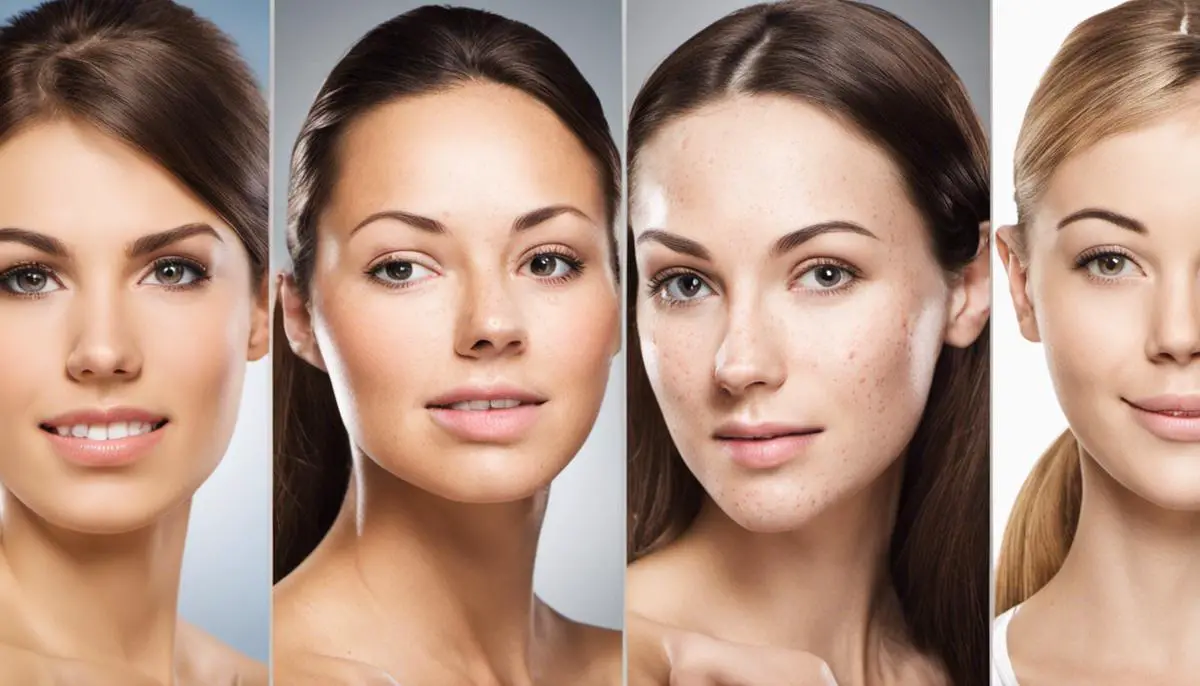Acne, a common skin condition affecting millions of people worldwide, presents a challenge that extends beyond the physical. It’s known to take a toll on the emotional health of sufferers and has spurred multiple investigations into its treatment and causes. While there are numerous modern medical treatments available, more and more people are turning to natural remedies for a holistic approach. One such remedy that has garnered attention is Castor Oil, renowned for its anti-inflammatory and antibacterial properties. This discussion delves deep into the facets of acne, its traditional treatments, the science behind the effectiveness of Castor Oil, the method to use it, and the potential risks and benefits involved. It also positions Castor Oil in comparison to other natural acne treatments, providing a comprehensive view of its standing in the realm of natural acne care.
Understanding Acne and Its Common Treatments
Understanding Acne and Its Formation
Acne is a common skin condition that occurs when hair follicles beneath the skin become clogged with oil and dead skin cells. Each follicle is connected to sebaceous glands that produce an oily substance called sebum, which helps to lubricate the skin and hair. When the body produces an excessive amount of sebum and dead skin cells, they can build-up and form a plug in the follicle, resulting in acne.
This condition usually appears on the face, forehead, chest, upper back, and shoulders because these areas of skin have the most oil glands. Acne can present itself in several forms including blackheads, whiteheads, papules, pustules, nodules, and cystic lesions.
Triggers for acne can vary from person to person, but it’s typically a combination of hormones, diet, stress, and certain medications that can contribute to its formation. Some individuals may find their acne worsens in response to certain foods – especially those rich in sugars and carbohydrates. Others may notice flare-ups during periods of high stress.
Common Treatments for Acne
Treatments for acne are typically dependent on its severity. Mild forms of acne can often be treated with over-the-counter topical applications that contain active ingredients such as benzoyl peroxide or salicylic acid.
For moderate or severe cases of acne, a healthcare provider may recommend prescription treatments such as retinoids, oral systemic therapies, and even hormonal therapies. Invasive methods like laser therapy and chemical peels are other treatment options for severe acne.
Discovering Alternatives: Castor Oil for Acne Treatment
Hunting for a unique solution in the realm of acne treatments? The spotlight’s on castor oil – a vegetable oil yielded from the castor bean, otherwise known as Ricinus Communis. A standout compound in this miraculous oil is ricinoleic acid, famous for its potent anti-inflammatory properties.
Castor oil has the ability to soothe skin inflammation when directly applied, significantly beneficial in cases of acne. The ricinoleic acid dives deep into the skin layers, moisturizing the skin and inspiring the body to produce less sebum – the oil often responsible for blocked pores. Additionally, castor oil boasts antimicrobial qualities that can potentially combat acne-triggering bacteria.
The application of castor oil is relatively straightforward when it comes to acne treatment. Ensure your skin is clean before applying a tiny amount of this oil to acne-prone regions. As the oil is intensely potent, it’s suggested to perform a patch test first to exclude potential allergic reactions. For the best results, leave the oil to absorb overnight and wash it off the following morning with lukewarm water.
It’s worth noting that castor oil may not be the perfect solution for everyone, as responses can vary depending on skin type. If your skin leans towards the dry or sensitive side, you may perceive the oil as excessively harsh. Therefore, it’s essential to incorporate castor oil into a comprehensive skincare program, which should also incorporate a balanced diet, regular exercise, and ample sleep.
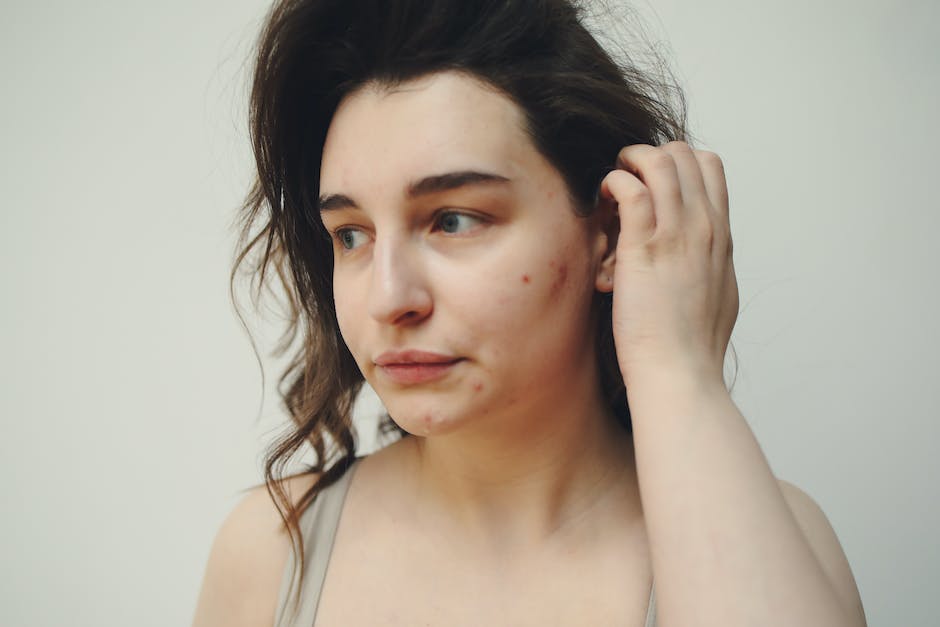
The Science Behind Castor Oil
Stepping Into the World of Castor Oil
Want to unravel what exactly castor oil is? It’s a natural oil, extracted from the seeds of the Castor plant, known scientifically as Ricinus Communis. This plant flourishes in areas such as the Mediterranean, Eastern Africa, and India. Extracting the oil involves the pressing process of these seeds, which are rich in oil—concentrated to nearly 50-60% of its weight. The extracted oil ranges from colorless to semi-yellow, and it carries a light, distinctive nutty aroma.
Castor Oil’s Unique Chemical Properties and Components
The composition of Castor Oil is unique, consisting chiefly of a triglyceride of fatty acids. It contains approximately 90% Ricinoleic acid, which is a rare, unsaturated Omega-9 fatty acid. This acid, not found in many other substances, gives the oil its unusual chemical properties. Other components in Castor Oil include Oleic and Linoleic acids.
Ricinoleic Acid has several compelling properties that confer therapeutic benefits. It exhibits antibacterial, anti-inflammatory, and analgesic properties. It’s these unique chemical characteristics that make Castor Oil a potent treatment for acne.
Castor Oil as an Acne Treatment
Castor Oil’s anti-inflammatory and antibacterial properties work synergistically to make it an effective acne treatment. Acne is a common skin condition that causes spots and pimples to form on the skin, primarily due to inflammation and infection by the bacteria Propionibacterium acnes.
The Ricinoleic Acid in Castor Oil has demonstrated stark antibacterial properties, able to impede the growth of several bacteria, including those that cause acne. This fact makes Castor Oil a practical solution for reducing bacterial proliferation on the skin.
Further, this oil is a known anti-inflammatory agent that can alleviate the redness and inflammation that come with acne. When used topically, Castor Oil acts to soothe the skin, reducing the inflammation that characterizes many episodes of acne.
Deep cleansing with Castor Oil
A significant aspect of acne management is deep cleansing of the skin to unblock clogged pores. Castor Oil is a triglyceride – which means it’s terrific at dissolving and removing dirt from deep within the pores. Its thick consistency allows it to go deep and cleanse out the dirt, bacteria, and dead skin cells that can contribute to acne.
Considerations and Potential Implications of Utilizing Castor Oil as an Acne Treatment
Despite being a natural product, Castor Oil’s use isn’t without considerations. The oil is generally safe, but individual skin response to the oil can vary. Due to these differences, it’s best to perform a patch test before using Castor Oil on acne-prone areas to ensure there are no adverse reactions. Some people may experience skin irritation, particularly when using the oil in its pure form. To avoid potential discomfort, it’s often recommended to dilute the Castor Oil with another, like almond or jojoba oil.
In conclusion, Castor Oil’s unique blend of Ricinoleic Acid and potent cleansing properties presents it as an ultra-effective treatment for acne. Scientific research supports the oil’s potential ability to combat acne-causing bacteria and reduce inflammation. Nevertheless, due to potential side effects and the variability in individual responses, it’s important to perform preliminary patch tests and dilute the oil before fully incorporating it into your skin care routine.
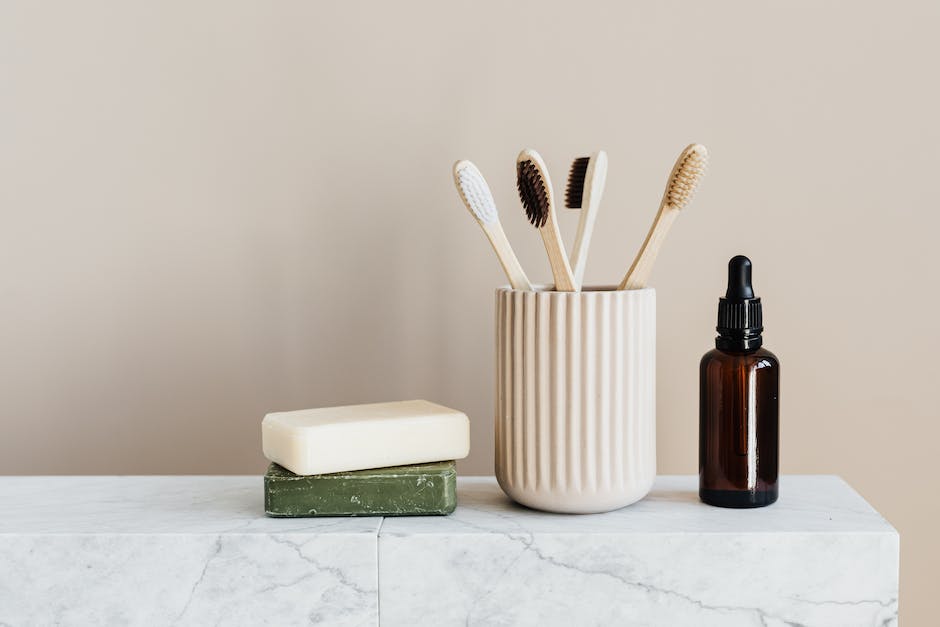
How to Use Castor Oil for Acne Treatment
The Dynamics of Castor Oil in Relation to Acne
Castor oil is a type of vegetable oil obtained from the seeds of the Ricinus communis plant. This oil boasts a unique composition, primarily featuring ricinoleic acid, which endows it with a number of health goodies. For acne specifically, castor oil’s anti-inflammatory and antimicrobial attributes can provide noteworthy benefits. These properties render it capable of dampening skin inflammation and repairing skin damage, hence why it’s perceived as a customary acne remedy worldwide.
Steps to Use Castor Oil for Acne Treatment
Before using castor oil for acne treatment, it is important to have a patch test. Apply a small amount of castor oil to a patch of skin, preferably on your inner wrist or any other sensitive skin area. If no adverse reactions occur within 24 hours, it is generally safe to use.
For direct application:
- Cleanse your face thoroughly, removing makeup and dirt.
- Directly apply a small amount of castor oil onto your acne and gently massage it into your skin.
- Leave it on overnight for best results. However, if you have more sensitive skin, you can leave it for around 20 minutes before rinsing off.
For a mask mix, you may want to combine castor oil with other beneficial ingredients. Honey, for instance, has soothing and antimicrobial qualities. To make a honey and castor oil mask:
- Mix equal parts of raw honey and castor oil to create a mask.
- Apply it to clean, dry skin, and let the mask sit for around 10-15 minutes before washing it off.
Tips on Frequency of Application and Timing
Ideally, castor oil should be applied at night as part of your bedtime skincare routine. This allows the product to penetrate deep into your skin while you sleep. The frequency of usage depends on your skin type and how your skin reacts to the oil. For oily and acne-prone skin, you may use it every other day or up to three times a week to prevent overproduction of oil. For dry and sensitive skin, once or twice a week may suffice.
Important Precautions Before Using Castor Oil
Before incorporating castor oil into your skincare regimen, it’s important to bear in mind that the purity and quality of your chosen product can greatly influence its efficacy. To ensure safety and optimal results, seek out cold-pressed or extra virgin castor oil; these variants undergo minimal processing and are devoid of unwanted additives. Although castor oil is generally recognized as safe, it may still cause allergic reactions or skin irritation in some cases. Consequently, it’s advised not to apply castor oil near your eyes, and to always consult with a dermatologist or healthcare professional before starting any new skincare regimen. This suggestion is specifically critical for those with sensitive skin or pre-existing skin conditions.
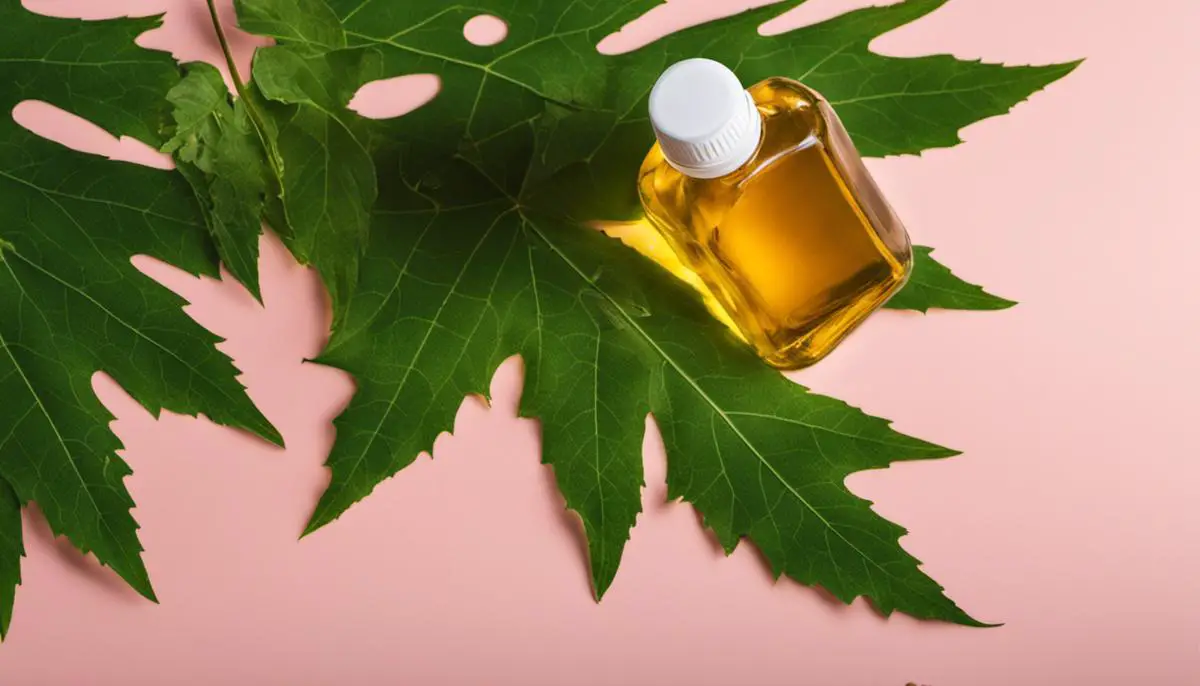
The Benefits and Risks of Using Castor Oil for Acne Treatment
What Makes Castor Oil Beneficial for the Skin?
Derived from the seeds of the Ricinus communis plant, castor oil has built a reputation as a potent remedy for various skin concerns due to its rich therapeutic properties. The primary active compound in castor oil is ricinoleic acid, which boasts anti-inflammatory and anti-bacterial characteristics. These properties make castor oil particularly effective in dealing with skin conditions like acne. A notable feature of castor oil is its ability to permeate skin layers deeply, stimulating collagen and elastin production that are vital for skin restoration and hydration.
How Castor Oil Works for Acne Treatment
Applying castor oil to acne prone skin helps in clearing up the inflammation and redness associated with breakouts. Ricinoleic acid in the oil fights off the bacteria that cause acne while the essential fatty acids penetrate the scar tissue and promote the growth of healthy tissue around it, reducing the appearance of scars. Using castor oil consistently as part of a skincare routine can help reduce the frequency of breakouts, limit scarring, and promote healthier skin over time.
The Benefits of Castor Oil for Acne
Numerous benefits come with the use of castor oil for acne treatment. Its rich fatty acid content helps to restore the skin’s natural color and glow, promoting a smoother, healthier appearance. Castor oil also has a low comedogenic rating, which means it’s unlikely to clog your pores – a leading cause of acne breakouts. Castor oil can also reduce inflammation, fight bacteria, and help in the reduction of acne scars by promoting skin healing and rejuvenation.
Potential Risks and Side-Effects
Although castor oil offers many benefits for acne treatment, it’s also important to recognize the potential risks and side effects. Some people may have an allergic reaction to castor oil, resulting in skin rashes or irritation. Hence, it’s recommended to do a patch test before the full application. Also, overuse of castor oil can lead to excessively dry skin as the oil can act as an astringent, stripping the skin of natural oils. Therefore, moderation is key to reaping the benefits without the downside.
What to Expect When Starting with Castor Oil for Acne
When starting with castor oil for acne treatment, it’s essential to understand that it might take some time to see visible results. It’s recommended to use the oil consistently over several weeks to reap the full benefits. As with any new treatment, it is important to start small, applying a small quantity first to gauge how your skin reacts. While some people might see improvements within a few weeks, others might need more time. Regular application, a healthy diet, and good skincare practices can accelerate the benefits.
Exploring Castor Oil as an Acne Treatment
Derived from the seeds of the Ricinus communis plant, castor oil boasts a rich concentration of ricinoleic acid, a fatty acid known for its anti-inflammatory and antimicrobial properties. These attributes make castor oil an impactful remedy for managing acne. Several users have reported significant reduction in acne breakouts following regular castor oil application. Furthermore, this oil is packed with beneficial nutrients including vitamins, proteins, and Omega-6 fatty acids, all of which contribute to overall skin health, scar diminution, and enhanced skin moisture.
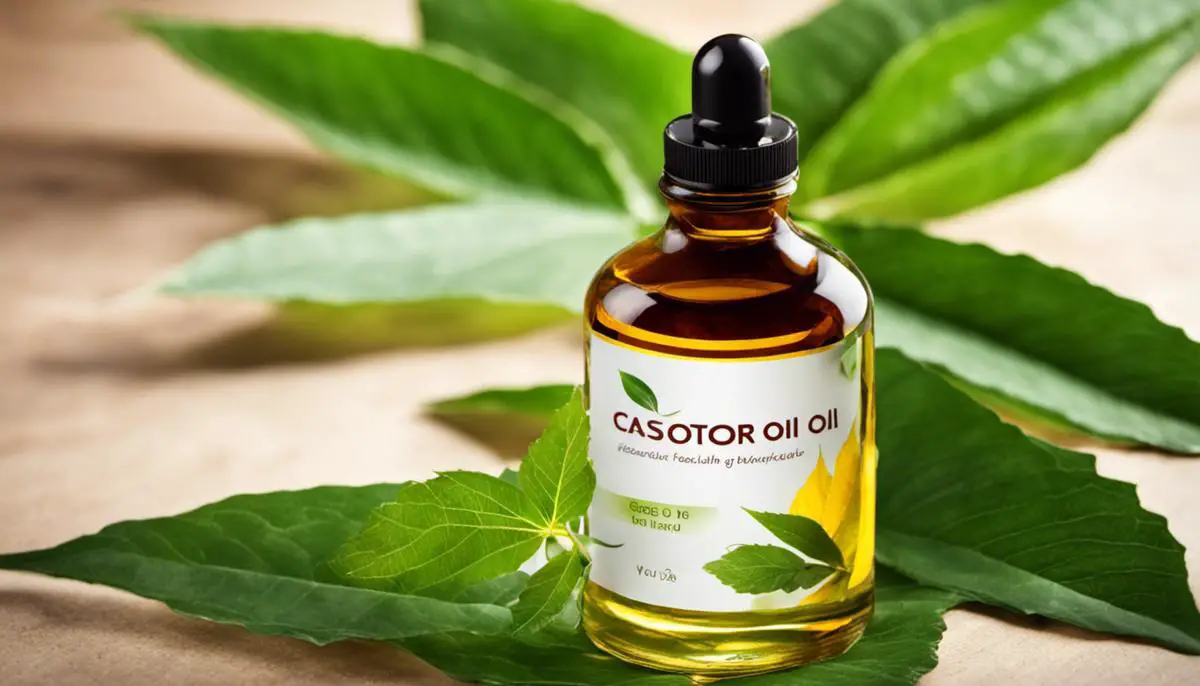
Comparative Analysis: Castor Oil Vs. Other Natural Acne Treatments
Alternative Options to Castor Oil Application
However, if you experience a persistent or worsening acne condition after applying castor oil, or if you have an allergy to it, there are other natural alternatives available. Some of these include tea tree oil – admired for its potent anti-inflammatory and antimicrobial properties and rosehip oil – celebrated for its excellent healing capabilities and significant ability to minimize the appearance of scars. Consult with a dermatologist or skincare professional prior to initiating any new skincare routine to ensure the most effective and safe treatment catering to your particular skin requirements.
Tea Tree Oil for Acne
On the other hand, tea tree oil, distilled from the leaves of the Melaleuca alternifolia plant, has demonstrated considerable success in acne treatment, primarily due to its antimicrobial and anti-inflammatory properties. Studies have shown that tea tree oil can be as effective as benzoyl peroxide, a common over-the-counter acne treatment, without the harsh drying effects. However, it has a potent aroma and can cause skin irritation when used in high concentrations.
Aloe Vera for Acne
Another natural acne treatment is aloe vera, known for its skin-soothing properties. Aloe has anti-inflammatory and antibacterial qualities that can accelerate healing and reduce possible scarring. It also acts as an astringent to control oil production, an aspect beneficial for acne-prone skin. However, aloe vera may not be as effective for deep, cystic acne.
Comparison: Castor Oil vs. Tea Tree Oil vs. Aloe Vera
In terms of efficacy, all three treatments offer beneficial properties for acne treatment with varying degrees of success. Tea tree oil has been scientifically backed up for its acne-treating potential, but its strong aroma and possible skin irritation might be off-putting for some. Aloe vera is excellent for mild acne and skin soothing but may not be the best choice for severe acne forms.
In comparison, castor oil offers multiple benefits from acne treatment to skin moisturizing, without having any extreme side effects. It may also help in reducing scars left behind by acne.
Regarding cost, tea tree oil is generally more expensive compared to castor oil and aloe vera. Castor oil offers a budget-friendly solution without sacrificing efficacy.
In summary, while each method has its strengths and drawbacks, castor oil can be an effective, cost-friendly, and multifaceted solution for acne treatment. However, the outcomes may vary individually and are contingent on the severity of the acne. As with any skincare treatment, it’s advisable to perform a patch test before going full-scale with any natural remedy. Remember, skin health and progress take time; patience is key in achieving positive results.
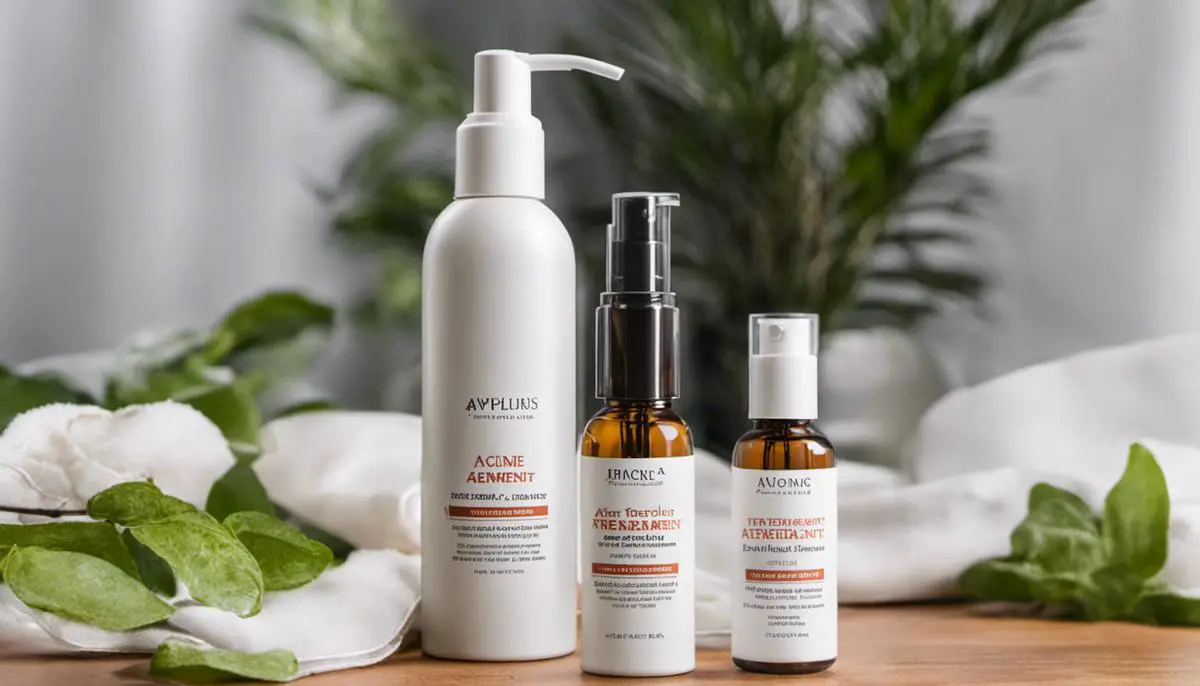
With the thorough perusal of Castor Oil and its role in acne treatment, there’s much to consider. The road to clear skin is as much about understanding the condition and its triggers as it is about finding a treatment that respects and works with your skin’s natural processes. In learning about Castor Oil and its efficacy against acne, it’s underscored that the natural product is a potent, cost-effective, and available option. Although it does bear its own risks and requires consistent, careful application, it also edges out as a formidable contender among other natural acne treatments. Ultimately, the decision to opt for Castor Oil, like any treatment, will depend on personal factors, such as skin type and lifestyle preferences. But with this exploration, making an informed choice becomes a less daunting task.
